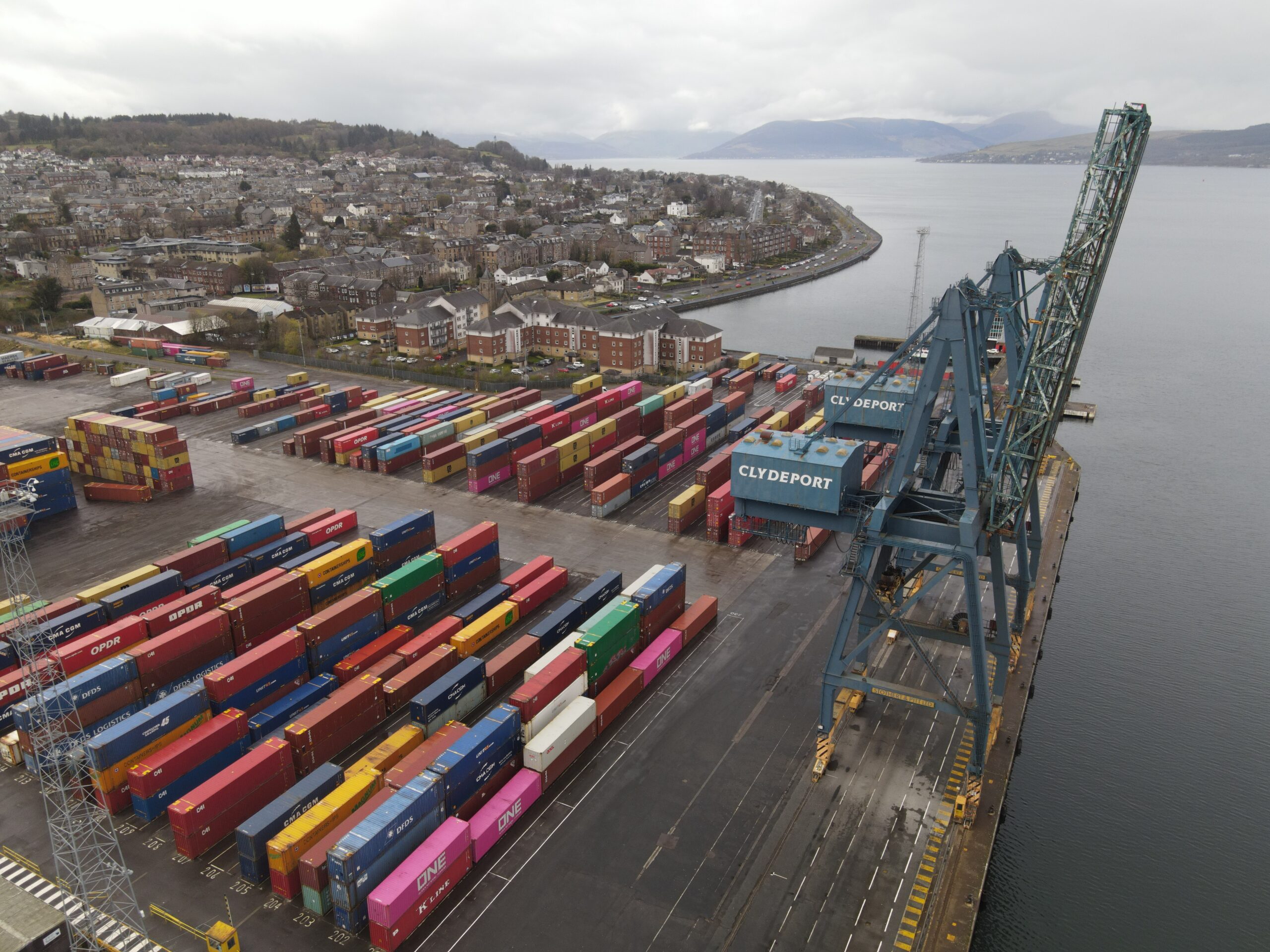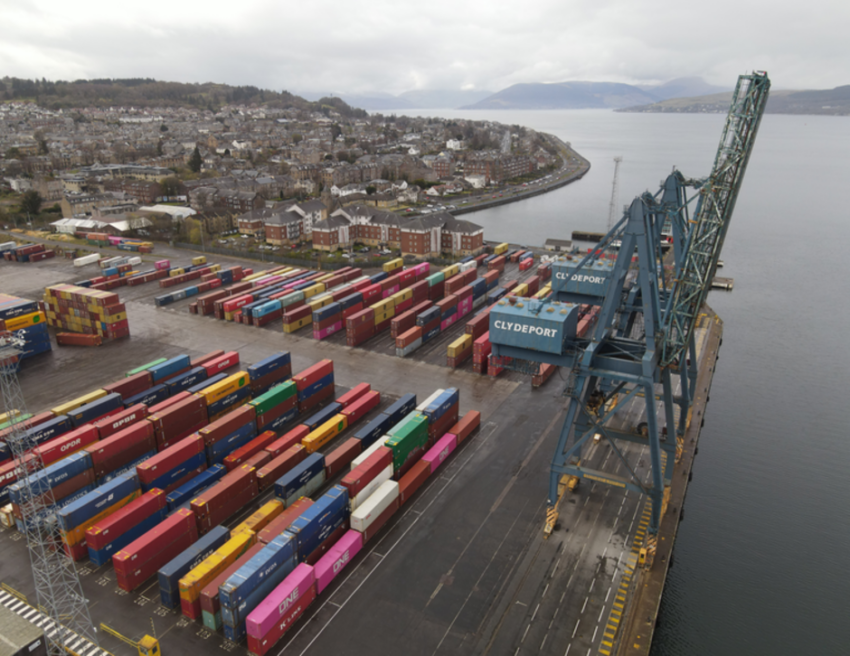
The freight and logistics market in Vietnam is steadily expanding and in the next five years, it could reach a CAGR of over 5.5%. As one of the upcoming nerve centers of international manufacturing, this country is the biggest beneficiary of the US-China trade conflict. In 2019 Vietnam had the largest yearly flow of foreign direct investment and slowly came up as an alternative production hub when the pandemic disrupted the Chinese manufacturing process. Even in the post-pandemic years, Vietnam has exhibited promising commercial and manufacturing momentum and the transportation and logistics industry in the country has immensely benefited from the growth of e-commerce and the free trade agreements. Today, we are going to talk about the booming logistics sector in Vietnam and how this country is placing itself at the forefront of the freight and logistics market in Asia.
The freight and logistics market trends in Vietnam
The logistics industry is the fastest-growing sector of the country’s economy and in the first year of the pandemic, Vietnam’s revenue from export-import reached almost $390 billion. Moreover, the government is aiming for a yearly logistics growth rate of 20% within the next two years. The freight and logistics sector involves air, sea, road, and rail freight along with complementary services like storage, freight forwarding, warehousing, and customs brokerage. One major factor that is allowing for the rapid expansion of this sector is the budding e-commerce start-ups that have created a demand for efficient logistics services, especially in the field of last-mile delivery. Additionally, the Regional Comprehensive Economic Partnership Agreement that came into place last year has widened the scope of trade agreements for Vietnam.
Let us now take a look at the key freight and logistics market trends in Vietnam.
· Booming trade and high economic growth
Vietnam, a part of the ASEAN Free Trade Area and the ASEAN Economic Community, is experiencing high economic growth by luring in foreign direct investments. Additionally, the rise in consumer demands within the country has also resulted in a greater flow of goods within the country. The e-commerce industry in Vietnam is the fastest growing in Southeast Asia. The pandemic also promoted the e-commerce boom and in the years of the pandemic this sector grew by 18%. Furthermore, the country’s booming healthcare and pharmaceutical market has pushed up the demand for specialized logistics services. Since 2000, Vietnam has evolved into one of the most important production hubs in the ASEAN. Moreover, the export-driven economy of the country necessitates the importing of raw material and the exporting of manufactured items. This has given further impetus to the logistics industry.
· Manufacturers diversifying from China
Because of the pandemic along with the US-China trade relations, several manufacturers have started to diversify their manufacturing and shipping networking. As a result, many industries have relocated their manufacturing centre from China to Vietnam over the last couple of years. The cheap labour in Vietnam is also an important factor that is allowing for a massive influx of investments in labour-intensive sectors. For this reason, the manufacturing and assembling units in Vietnam have grown significantly.
· A thriving maritime sector
Vietnam also has certain locational advantages because it’s situated close to China. Additionally, the country has more than 3,000 Km of coastline which has been key to the development of its strong maritime sector. Vietnam has 44 seaports along with several riverine ports taking the net number of ports within the country to more than 300. The Cat Lai Port in Ho Chi Minh City is the largest port in the country that handles a significant volume of cargo annually. Moreover, the government in Vietnam is encouraging the country’s ocean freight sector so as to increase its contribution to 1/10th of the country’s GDP by 2030. The Vietnam government also has plans to lower the country’s dependence on ground freight which is why they are making a considerable investment in further development of the sea freight industry.
The challenges faced by the logistics industry in Vietnam
Over 30 multinationals are operating in Vietnam that dominate the freight and logistics market in the country and who make up for around 3/4 of the net revenue from this sector. Some of these top players include prominent brands like DHL, Maersk and FedEx. However, the logistics sector in Vietnam also has several small and mid-sized companies that provide value-added services at a cost-effective rate. More than 90% of the logistics companies in Vietnam have registered capital below $430,000. On the other hand, the multinationals in this sector have a capital exceeding $860,000, which makes it hard for independent freight forwarders to compete with them.
Moreover, the local freight forwarding companies in Vietnam face massive competition not just among themselves but also from multinationals and foreign players. Another problem with the freight and logistics sector in Vietnam is the high logistics costs which impact the competitiveness of the service providers.
How to get business as an independent freight forwarder in Vietnam
Small and mid-sized freight forwarders should consider gaining international traction by becoming a member of a reputed freight forwarding network. Becoming a part of one of the best logistics networks like The Cooperative Logistics Network will allow the company to get an international foothold, bolster its brand name, obtain new partners and get new businesses. All Coop members are obliged to share a portion of their shipments with other members. This ensures that all members receive new projects and sales leads from the 336 members across 134 countries thus helping freight forwarders to internationalize their presence. Nevertheless, members can always work with their existing logistics partners outside of the network.
Furthermore, the Coop allows the members to operate like digital freight forwarders by providing a range of free online tools. For example, The Cooperative Logistics Network’s member-exclusive tool FreightViewer offers a digital infrastructure that helps agents generate quotes within seconds. In other words, this program helps the members of the network to digitize a significant part of their operations and stay a step ahead of their competitors.
Additionally, independent freight forwarders need to do in-depth market research and figure out the latest market trends in the international industry. They need to strengthen those areas that make them different from their competitors. Lastly, it is equally important for logistics companies to build strong relationships that would positively affect the bottom line of their companies.


